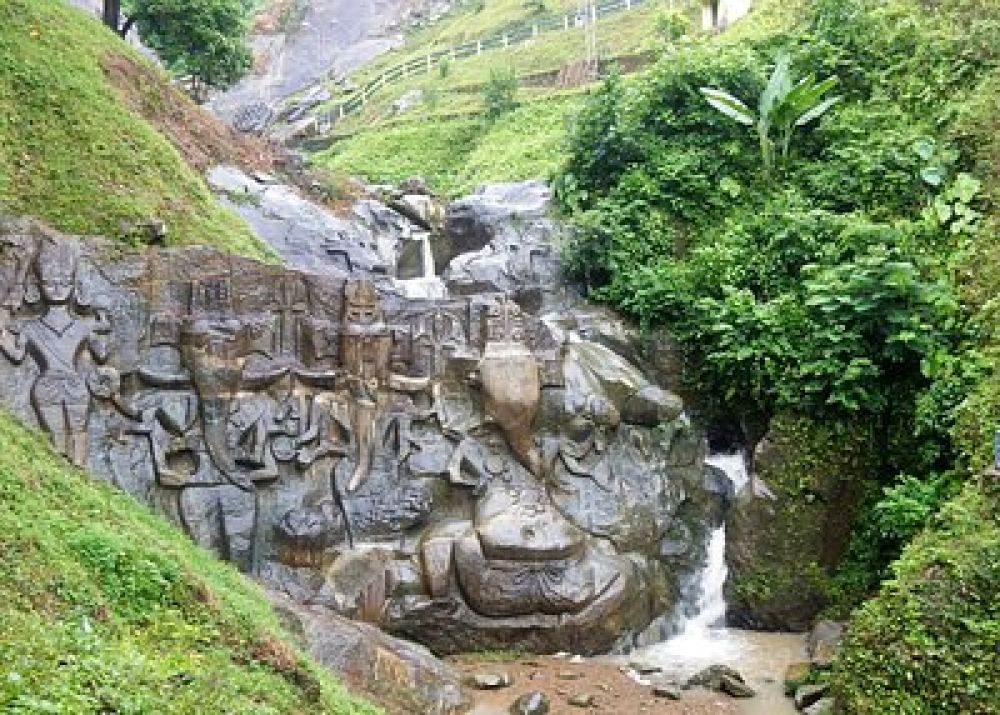

Kailashahar is a significant town in the Unakoti district in the state of Tripura, India. Known for its rich heritage and natural beauty, the region holds a special place in the hearts of travelers looking for a blend of history, culture, and scenic splendor.
The name 'Kailashahar' is believed to be linked to the Hindu God, Lord Shiva. According to legend, the erstwhile king of Tripura, in a dream, was instructed by Lord Shiva to install a linga (phallic symbol of Shiva) at this location, which has been worshipped here ever since.
Throughout history, this area was known for being the former capital of the Tripuri kingdom, which adds to its significance as a tourist destination. The remnants of the past rulers can be seen in the form of ruins and artifacts that dot the landscape.
Tourism in Kailashahar started off modestly with locals visiting the town for its temples and the picturesque views it offered. Over the years, the government and local communities have realized the potential of Kailashahar as a tourist destination and have taken steps to develop infrastructure, promote the destination, and preserve its historical sites.
The town's main attraction is the Unakoti hill, which is famous for its rock-cut carvings and stone images dating back to the 7th to 9th centuries if not earlier. Over time, the recognition of Unakoti's archaeological and cultural value has led to an increase in tourist footfall.
Eco-Tourism: In recent years, there has been a growing trend of eco-tourism in Kailashahar, with an emphasis on sustainability and conserving the natural environment while allowing tourists to explore the town's beauty.
Cultural Tours: With a deep-rooted historical past, cultural tourism has become popular, giving tourists a chance to immerse themselves in the rich traditions and history of the area.
Adventure Tourism: The rugged terrain and lush forests around Kailashahar are perfect for trekking and outdoor camping, attracting adventure enthusiasts to the region.
Spiritual Tourism: The shrines and the ancient religious sites attract a number of pilgrims and those interested in spirituality, giving rise to spiritual tourism.
Despite the potential, Kailashahar faces challenges in terms of developing infrastructure that can sustain the increasing number of tourists without harming its natural and historical sites.
The storytelling of Kailashahar's past, combined with breathtaking natural landscapes and the warm hospitality of the locals, continues to put the town on the map for curious and discerning travelers. With a steady rise in tourism, Kailashahar is poised to become one of the key cultural and natural hubs of India.